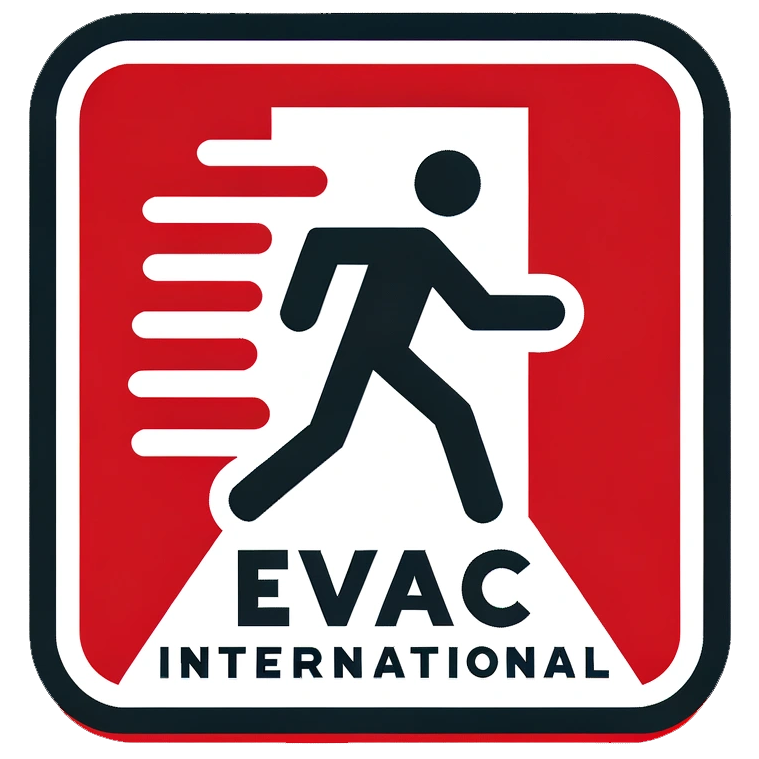As a fire safety and evacuation expert, I have dedicated my career to ensuring the safety and well-being of the public in the event of an emergency. One of the most critical aspects of emergency preparedness is the ability to evacuate individuals, including those with mobility challenges, from buildings quickly and safely. In my professional opinion, every company and public building must have evacuation chairs as part of their emergency preparedness plan in order to protect the public.
Evacuation chairs, also known as stair chairs, are specially designed devices that allow individuals with mobility challenges to be safely and efficiently evacuated from multi-story buildings during an emergency. These chairs are equipped with wheels, tracks, and brakes, allowing for smooth and controlled descent down staircases, even in the absence of elevators or power. They are essential tools for ensuring the safety of all building occupants, including those with disabilities, injuries, or other mobility limitations.
In the event of a fire or other emergency, time is of the essence. Individuals with mobility challenges may be unable to navigate stairwells quickly or independently, putting themselves and others at risk. Evacuation chairs provide a solution to this critical issue, allowing for the swift and efficient evacuation of all individuals, regardless of their physical abilities. By implementing evacuation chairs in every building, we can ensure that everyone has equal access to swift and safe evacuation during an emergency, regardless of their mobility status.
It is not only the moral and ethical responsibility of building owners and operators to provide for the safety of all individuals within their premises, but it is also a legal requirement. The Americans with Disabilities Act (ADA) sets forth clear guidelines for ensuring equal access and protection for individuals with disabilities, including during emergency situations. Providing evacuation chairs is a crucial component of meeting these requirements and ensuring compliance with ADA regulations.
Additionally, as a fire safety and evacuation expert, I have seen firsthand the detrimental impact of failing to provide for the safe evacuation of individuals with mobility challenges. It is not uncommon for these individuals to be left behind during emergency evacuations, as traditional evacuation methods are often inaccessible to them. This not only puts their lives at risk but also exposes building owners and operators to significant legal liability in the event of injury or loss of life.
In my experience, the implementation of evacuation chairs is a straightforward and cost-effective solution to this critical safety issue. Evacuation chairs are relatively simple to use and require minimal training for staff and building occupants. They do not require electrical power or complex infrastructure, making them a versatile and reliable tool for emergency preparedness. Additionally, the cost of providing evacuation chairs is minimal compared to the potential risk and liability associated with failing to provide for the safe evacuation of individuals with mobility challenges.
Furthermore, the presence of evacuation chairs in a building serves as a proactive and visible demonstration of a commitment to the safety and well-being of all individuals. This can enhance the reputation of businesses and public buildings, instilling confidence and trust in their commitment to providing a safe and inclusive environment for all patrons and employees. In this way, the implementation of evacuation chairs not only protects the public but also serves to enhance the overall preparedness and reputation of the building or business.
In conclusion, as a fire safety and evacuation expert, I firmly believe that companies and public buildings must have evacuation chairs as part of their emergency preparedness plan in order to protect the public. The provision of evacuation chairs is both a moral imperative and a legal requirement, ensuring equal access to safe evacuation for all individuals, regardless of their mobility status. I urge all building owners and operators to consider the critical importance of evacuation chairs in their emergency preparedness plans, and to take swift action to implement these essential tools for the safety and protection of the public.

